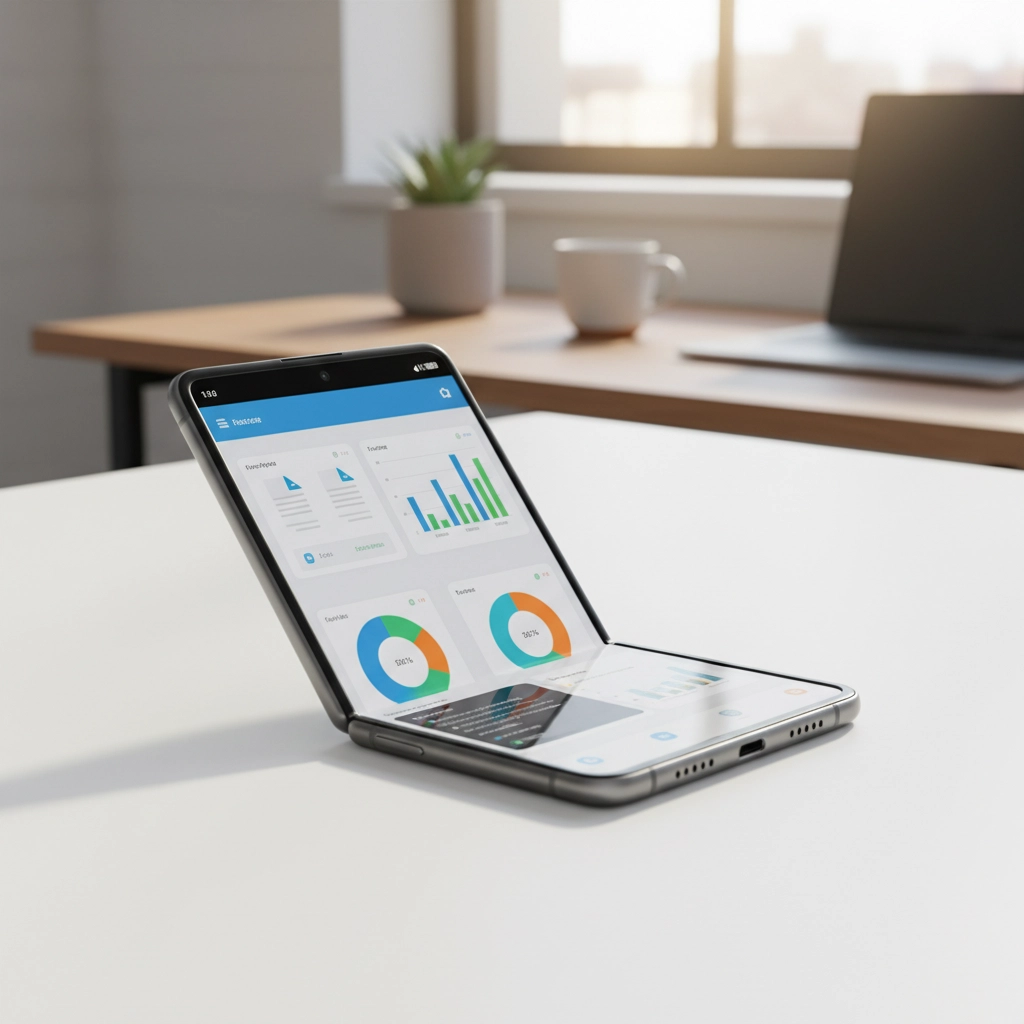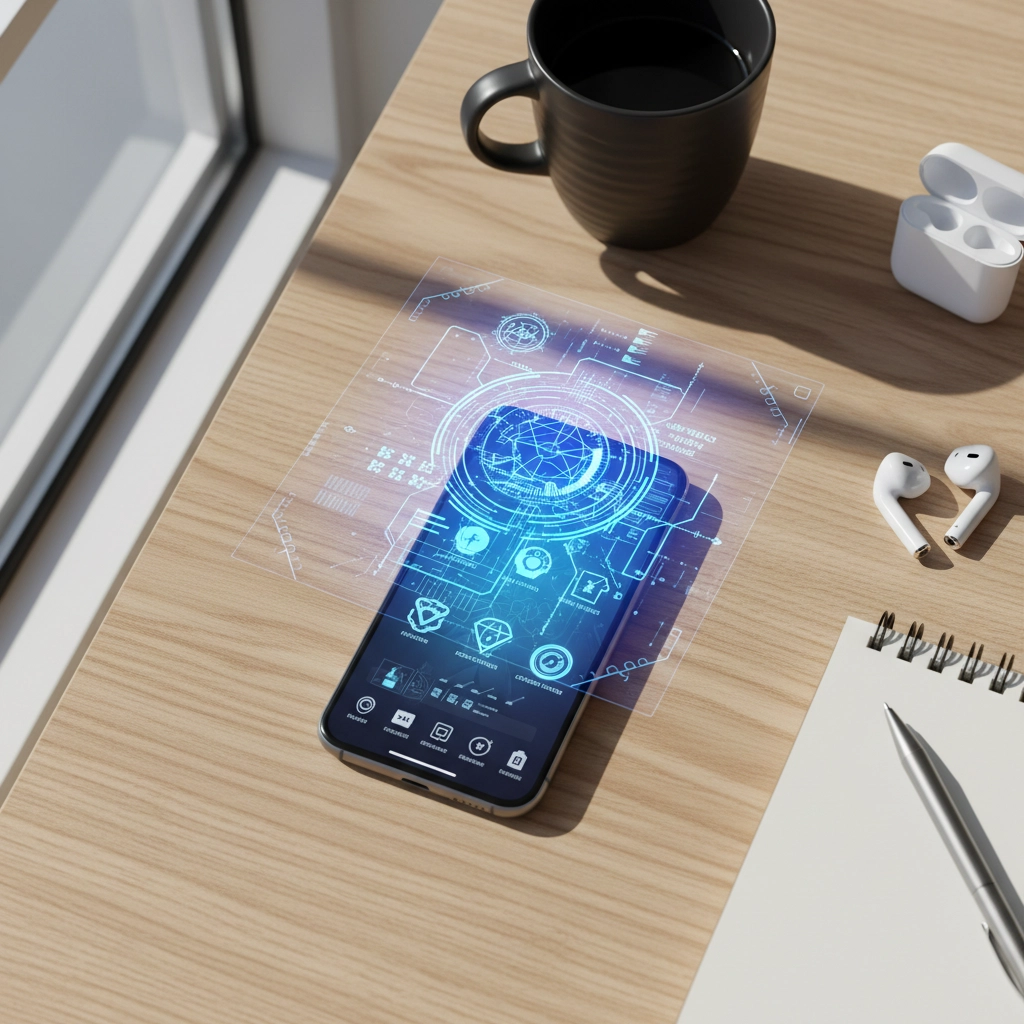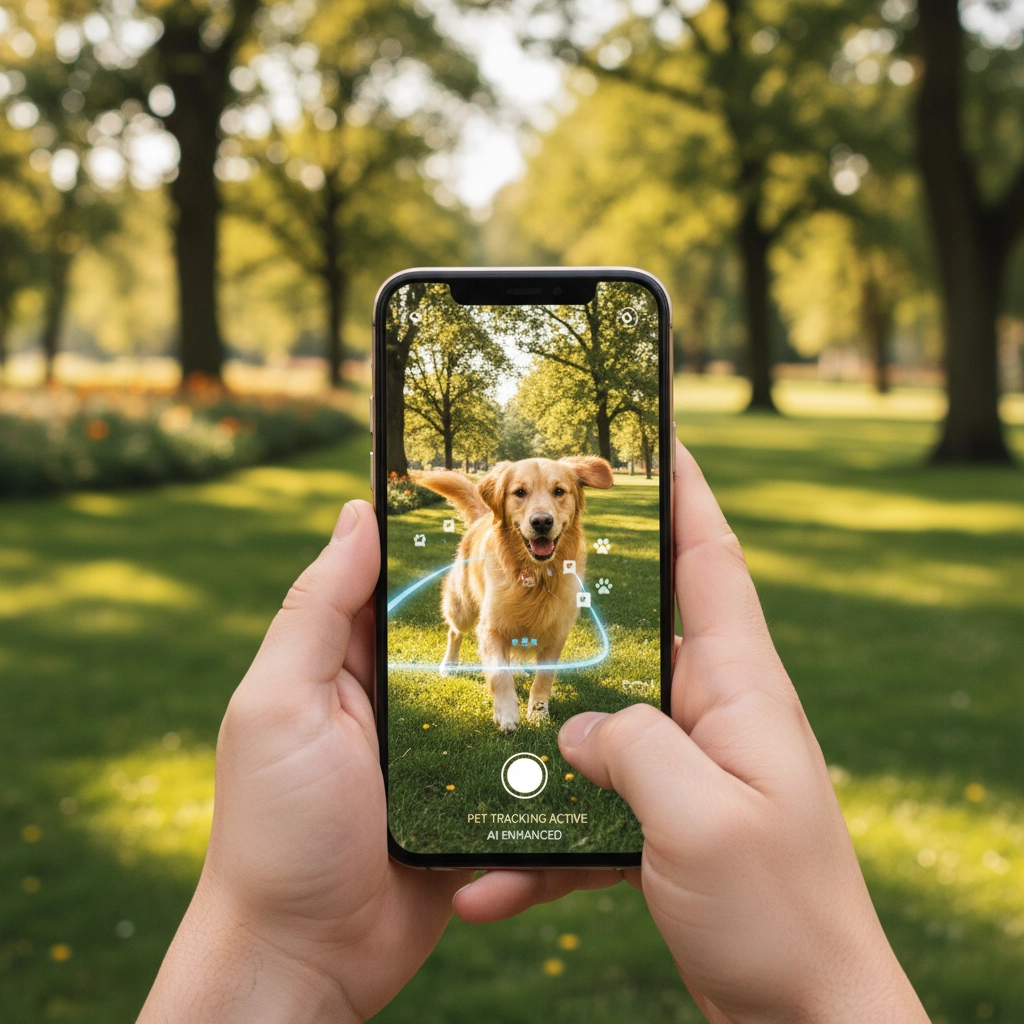Are Smartphones Finally Getting Interesting Again? The 2025 Innovations Explained
- Travis Moore
- Sep 22
- 5 min read
Updated: Sep 23
After years of disappointing upgrades that barely moved the needle, smartphones are experiencing their biggest innovation surge in nearly a decade. The 2025 smartphone landscape looks dramatically different from just two years ago, with breakthrough technologies finally delivering on promises that seemed like science fiction.
The answer to whether smartphones are getting interesting again is a resounding yes. Here's why 2025 marks a turning point for mobile technology.
Foldable Phones Are Finally Ready for Prime Time
The foldable smartphone revolution is no longer stuck in the "expensive novelty" phase. Major manufacturers have solved the durability problems that plagued early models, and prices are dropping fast.
Affordability Breakthrough
The biggest game-changer is price accessibility. Several foldable models are expected to drop below $1,000 in 2025, making them competitive with flagship traditional smartphones. This price point opens foldables to mainstream consumers who previously couldn't justify the premium cost.
Real-World Practicality
Modern foldables solve genuine problems rather than creating new ones. You can unfold your phone into a tablet-sized screen for document work, video calls, or media consumption, then fold it back into a compact device that fits in your pocket.

The multitasking capabilities are genuinely useful. Running two or three apps simultaneously on a large, foldable screen makes productivity tasks more efficient than juggling between apps on a traditional phone screen.
Durability Improvements
Manufacturers have addressed the main concerns about foldable reliability. New hinge mechanisms last through hundreds of thousands of fold cycles, and screen materials resist scratching and cracking much better than first-generation models.
AI Integration Changes Everything
The most significant innovation driving renewed smartphone interest is sophisticated artificial intelligence integration. This isn't just about better voice assistants: AI is transforming how phones work at a fundamental level.
On-Device AI Processing
The latest smartphones feature dedicated AI chips that handle complex tasks directly on your device. This means faster performance and better privacy since your data doesn't need to travel to cloud servers for processing.
You can now use generative AI to create images, edit photos, write text, and even compose music without requiring an internet connection. The processing happens locally, making these features instant and secure.
Predictive Intelligence
Modern smartphones anticipate your needs before you express them. Your phone learns your daily patterns and proactively adjusts settings, suggests apps, and optimizes performance based on your behavior.
For example, if you typically call your gym every Tuesday at 6 PM, your phone will surface the contact at the right time. If you usually listen to specific music during workouts, the app will be ready with your playlist loaded.

Smart Health Monitoring
AI-powered health features go beyond basic step counting. Advanced sensors combined with machine learning can track heart rate variability, sleep quality, stress levels, and even predict potential health issues before symptoms appear.
The technology can detect irregular heart rhythms, monitor blood oxygen levels, and provide insights about your overall wellness trends. This positions smartphones as genuine health companions rather than simple communication devices.
Camera Technology Reaches New Heights
Smartphone cameras in 2025 represent a massive leap forward, powered primarily by AI enhancements that make professional-quality photography accessible to everyone.
Intelligent Scene Recognition
Modern smartphone cameras automatically identify what you're photographing and adjust settings accordingly. The AI recognizes whether you're taking a portrait, landscape, food photo, or action shot, then optimizes exposure, focus, and color balance instantly.
Pet photography gets special attention, with AI systems that can track moving animals and capture sharp photos even when they're jumping or running. This addresses one of the most common photography frustrations for pet owners.
Real-Time Enhancement
The camera AI works continuously while you're composing shots, not just when you press the shutter. You see enhanced lighting, noise reduction, and color correction in real-time through the viewfinder, making it easier to capture the shot you want.
Creative AI Tools
Generative AI enables creative features that were previously impossible on mobile devices. You can create realistic 3D models from photos, generate custom backgrounds, and even produce short video clips from still images.

The AI can also assist with video editing, automatically cutting clips, adding transitions, and syncing audio to create polished content without requiring professional software knowledge.
Communication Barriers Disappear
Language translation technology in 2025 smartphones eliminates communication barriers in ways that seemed impossible just a few years ago.
Real-Time Translation
Modern phones can translate voice calls in real-time, allowing you to have conversations with people who speak different languages. Each person speaks in their native language while hearing the translation through their device.
Text translation works instantly across messaging apps, social media, and web browsing. Point your camera at signs, menus, or documents, and see instant translations overlaid on your screen.
Video Call Enhancements
AI-powered video calling features include real-time subtitles, background noise cancellation, and automatic lighting adjustment. These improvements make remote communication more natural and effective than traditional phone calls.
The technology can even detect when you're looking away from the screen and adjust your eye contact to appear more natural to the other person, improving the quality of video conversations.
Battery Life and System Optimization
AI-driven battery management represents a significant improvement in daily smartphone usability.
Intelligent Power Management
Your phone learns your usage patterns and optimizes battery consumption accordingly. It can predict when you'll need extra battery life and adjust background processes to extend usage time.
The AI pauses unused apps, reduces screen brightness when appropriate, and manages processor performance to balance power consumption with functionality. This results in meaningful improvements to all-day battery life.

Adaptive Charging
Smart charging technology protects battery health by analyzing your charging habits and adjusting power delivery. If you typically charge overnight, the phone will slow the charging process to complete just before you wake up, reducing battery degradation.
Performance Optimization
AI continuously monitors system performance and makes real-time adjustments to maintain smooth operation. The phone identifies apps that might cause slowdowns and manages resources to prevent performance issues before they occur.
The Innovation Renaissance Is Real
The smartphone innovations arriving in 2025 represent genuine breakthroughs rather than incremental improvements. The combination of practical foldable designs, powerful on-device AI, enhanced creative capabilities, and intelligent system optimization creates compelling reasons to upgrade.
Unlike previous years where new features felt gimmicky or marginally useful, 2025 innovations solve real problems and enhance daily productivity. Foldables provide genuine utility for work and entertainment, AI features save time and effort, camera improvements democratize creative content creation, and system optimizations make devices more reliable and longer-lasting.
Market Impact
Consumer interest in smartphone upgrades is increasing for the first time in years. The practical benefits of new technologies are significant enough to justify the upgrade cost, breaking the cycle of minimal improvements that characterized recent smartphone generations.
Looking Forward
The trajectory clearly points toward smartphones becoming more capable, intelligent, and useful tools rather than simple communication devices. As these innovations mature and become more affordable, they'll likely revitalize consumer enthusiasm for mobile technology.
The question isn't whether smartphones are getting interesting again: it's which of these breakthrough features will become essential parts of daily life first.
Comments